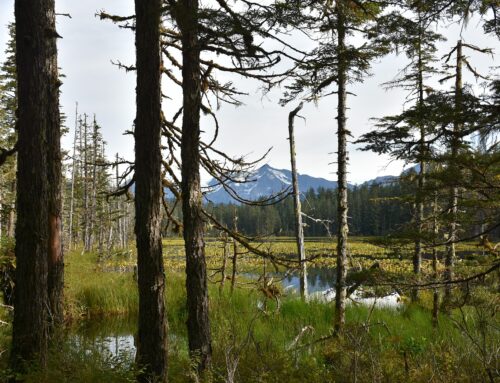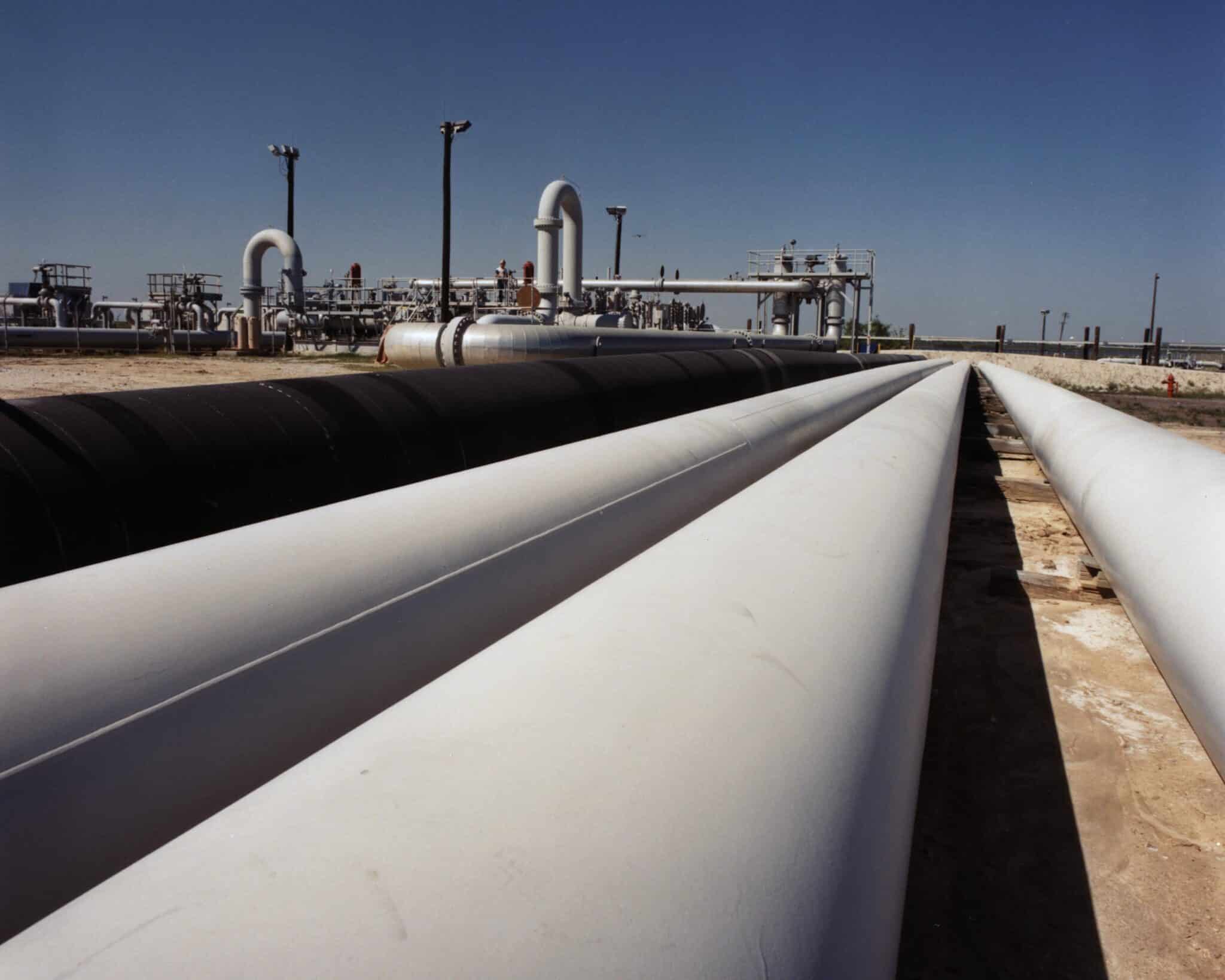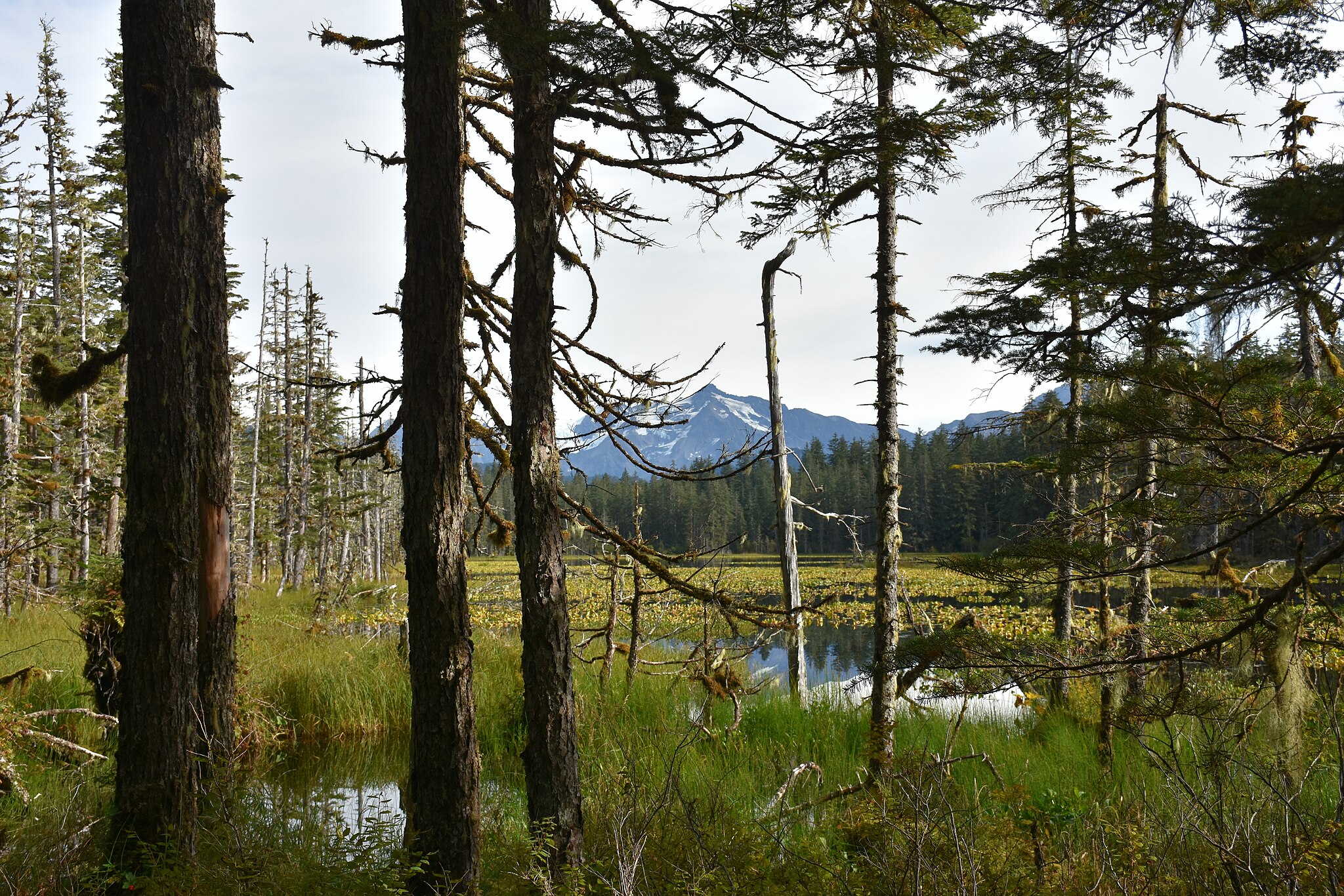The new House Republican majority has talked a lot about cutting spending. General comments like: rolling spending back to fiscal year 2008 levels and cutting $100 billion from the budget . But not a lot of specifics. To jump start their efforts, we decided to put some money where their mouth is and give them some juicy cuts to savor.
Before we get started, some ground rules. First off, everything has to be on the table . Entitlements, tax breaks, and all discretionary spending. Secondly, let's go after unnecessary spending – wasteful subsidies, or low priorities, or items that just plain aren't delivering
We'll just put a few items on Congress' plate from our cut buffet. But trust us, we have $100 billion more and we're still going.
Since we’re talking food, let's start with agriculture. We could simply halve the subsidies for the main commodity crops and save $26 billion over five years. The vast majority (90 percent) of these subsidies go to production of cotton, corn, soybeans, rice and wheat, and most of these are large corporate agribusiness. Taxpayers get little in return. And fruit, vegetable and livestock producers – they get peanuts (oh and peanut producers get peanut storage subsidies – we could cut that too).
There’s a lot of oily waste at the buffet, too. How about the geological and geophysical tax provision that enables the highly profitable oil and gas companies to deduct the costs of searching for oil and gas over a few years? Cutting that would save about $700 million over five years.
And how about some water (projects) to wash it down. We can trim more than $2 billion in budget calories by not building new navigation locks on the Upper Mississippi River. Traffic has been stagnant or declining for years, making this project an economic loser, and there are far cheaper solutions that could accomplish the same goals.
As we beat a path back from the buffet, there are more than a few transportation earmarks we could eliminate. Remember the Bridge to Nowhere? Well, its sister is still around: the Knik Arm Crossing would cost $1.5 billion to connect Anchorage to the sparsely populated area around Point MacKenzie. Oh, and sticking with (baked) Alaska, there's still an ugly leftover – the Bridge to Nowhere isn't quite dead. We should stick a fork in it and save another $300 million.
Clearly, with a deficit of $1.3 trillion, we need to look for cuts and savings. But we can use this opportunity to not just generally cut spending, but eliminate waste and make government more effective and efficient. This isn’t going to be easy, some cuts are going to be painful, but the country needs Congress to make those tough decisions – not choke at this critical juncture. For example, immediately after Secretary Gates made his proposed cuts, several lawmakers rejected them out of hand . Taxpayers for Common Sense will work with Congress and the Administration to make smart cuts and changes that enable government to focus on our national priorities, not corporate special interests, pet projects, and wasteful programs.
###
TCS Quote of the Week:
“We must come to realize that not every defense program is necessary, not every defense dollar is sacred or well-spent, and more of everything is simply not sustainable.”
– Defense Secretary Robert Gates on cutting the defense budget. The Washington Post










